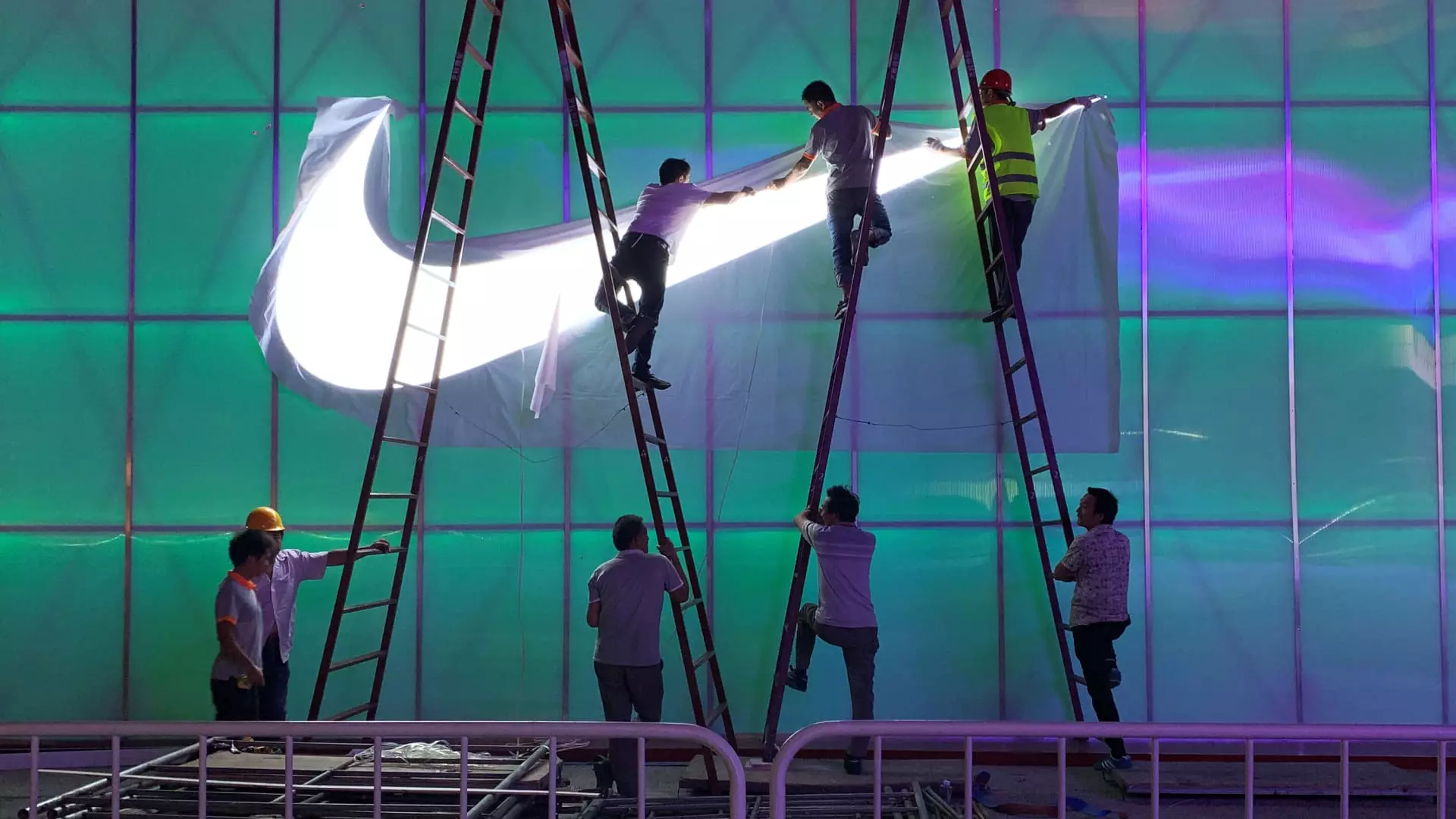The economic landscape in China is undergoing a critical transformation as the government implements stimulus measures aimed at revitalizing consumer spending and economic growth. This situation presents an opportunity for two prominent CEOs in the United States, Brian Niccol from Starbucks and Elliott Hill from Nike, to steer their companies towards recovery. Both companies find themselves closely tied to the Chinese market, known for its significant influence on their bottom lines. The stakes are high, and the direction taken by these new leaders could either harness the economic boost or face challenges in execution.
China’s economy has often been viewed as a double-edged sword for global brands like Starbucks and Nike. The potential for recovery is bolstered by reported government initiatives to stabilize key sectors, particularly real estate, which has historically impacted consumer confidence. According to a report from Bank of America, Starbucks and Nike are among the top S&P 500 companies exposed to the Chinese market, with respective exposures of 8.6% and 14.7%. This exposure indicates a significant dependency on the ebb and flow of the Chinese economy.
While the recent statements from Bank of America’s analysts express optimism about the stimulus’s capacity to uplift global brands, it is important to approach this with caution. Past recovery attempts have faltered due to a lack of sustained momentum. Thus, leaders at Starbucks and Nike must not only respond to market changes but also anticipate the shifts in consumer sentiment directly related to the country’s broader economic policy.
The transitions to new leadership in Starbucks and Nike come at a crucial time. Niccol’s takeover at Starbucks has already triggered changes within its Chinese management team, implying a possible strategic overhaul aimed at resonating more with local consumers. Meanwhile, Hill’s takeover at Nike indicates a recognition of the need for a renewed approach as the company seeks to maximize its growth potential in a challenging market. Analysts see the potential for new strategies to bolster performance, yet there is skepticism about whether these changes can deliver the desired outcomes.
Previous leaders have often been criticized for maintaining standard practices without adequately adapting to the evolving landscape marked by increased competition from local brands. The historical context shows that foreign brands are facing heightened scrutiny and skepticism, leading consumers to favor domestic options. Market perception is shifting, raising the bar for established brands.
Investor reactions to the leadership changes at Nike and Starbucks have yielded mixed signals. While stock rallies post-announcement indicate a certain level of investor optimism, experts caution that success will not come easily. As Ellen Hazen of F.L. Putnam articulated, the benefits of the Chinese stimulus package remain ambiguous. Some investors advocate a patient approach, wary of the transient nature of market optimism without concrete results.
Eric Clark, co-portfolio manager at Rational Dynamic Brands Fund, echoes similar sentiments, viewing the leadership change as a morale booster but expressing doubts about immediate growth prospects. His willingness to consider Nike at lower price points reflects a broader investor hesitation to aggressively pursue these stocks until clearer signs of recovery emerge.
The trajectory for both Starbucks and Nike hinges largely on their ability to navigate the complexities of the Chinese market while adapting to shifting consumer preferences. Analysts emphasize that both companies must exhibit a nuanced understanding of local dynamics if they hope to capture the consumer’s attention amidst rising domestic competition. The challenge is amplified by the broader economic context marked by the intermittent nature of policy efficacy and the lingering effects of past disruptions.
Ultimately, the success of Starbucks and Nike will not solely depend on external market conditions but also on internal execution. Top management must steer strategic pivots that resonate with Chinese consumers, recognizing that emotional and functional value perceptions significantly influence purchasing decisions.
As China embarks on a path toward economic revitalization, the eyes of investors and market watchers will remain fixed on Starbucks and Nike. While the potential for growth exists, it is accompanied by significant uncertainty and risk. Niccol and Hill inherit challenging environments where successful leadership will be defined not merely by responsiveness to market trends but by innovative insights that redefine brand positioning in relation to consumer expectations. As both companies look to cultivate relationships built on trust and relevance with Chinese consumers, the navigation through these uncharted waters will undoubtedly shape their futures in the coming years.


Leave a Reply